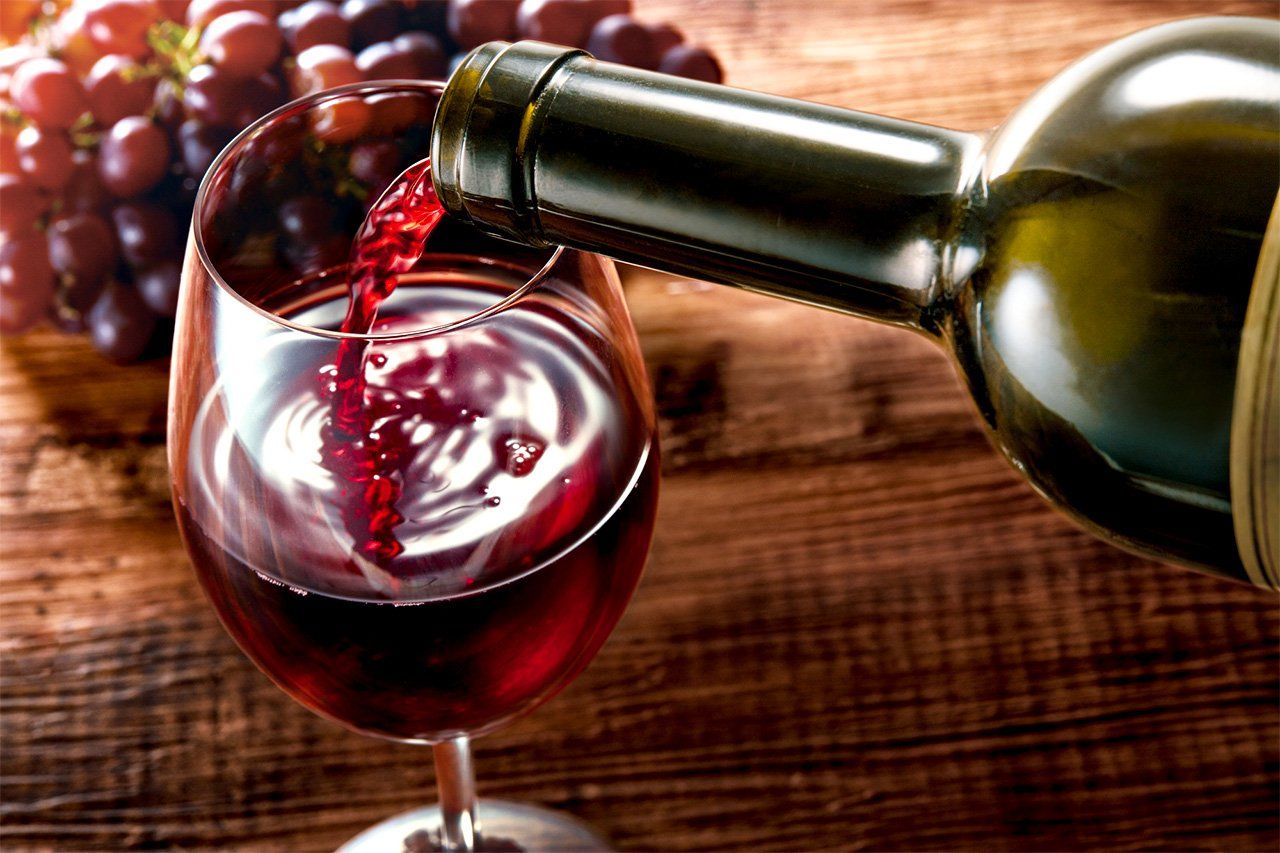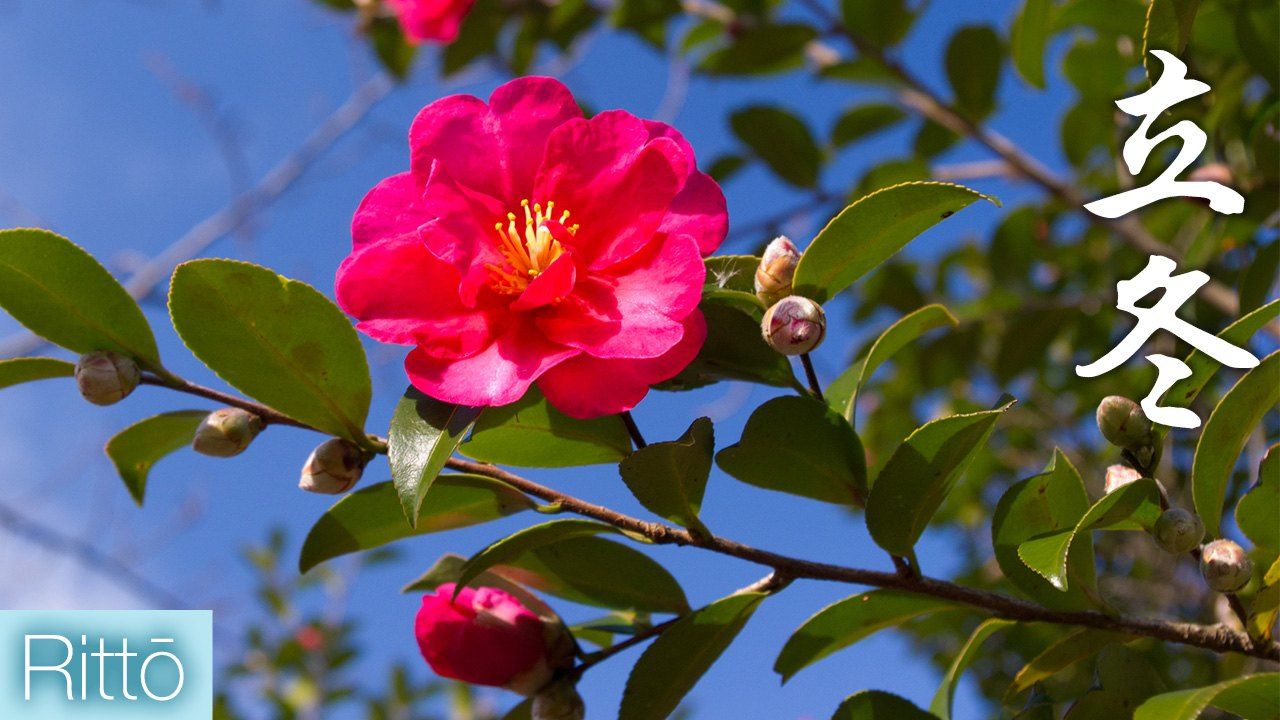
Rittō (Beginning of Winter)
Culture Lifestyle Environment Food and Drink- English
- 日本語
- 简体字
- 繁體字
- Français
- Español
- العربية
- Русский
The solar term known as Rittō (Beginning of Winter) begins around November 8 in the modern calendar. The mornings and nights are chillier, and sunset is noticeably earlier.
Strong seasonal northerly winds are aptly referred to as kogarashi or “tree withering winds.” The Japan Meteorological Agency defines the first northerly wind from mid-October through November that measure 8 meters per second (3.6 kph) as the official kogarashi ichigō (first kogarashi of winter).
Mountainous regions in northern Japan see their first snowfalls. As snowcaps form on mountain peaks, people begin preparing for winter in earnest. From November through to early December, cold days are interspersed with occasional warm days, which are known as koharu biyori in Japanese, akin to Indian summer in English.
This article will look at events and natural phenomena in the period roughly from November 8 to 21.
Shichi-Go-San
Shichi-Go-San (Japanese for “seven, five, three”) is an important tradition when families (often dressed to the nines) bring children aged three, five, or seven, to a shrine or temple to thanks the gods and pray for their healthy growth. In the past, Shichi-Go-San took place on November 15, but recently, it continues through the month. Typically, girls are brought at age three and seven, and boys at age five, although custom varies by region. Red and white candy sticks known as chitose ame (“thousand-year candy”) are given to worshiping families by shrines and temples to pray for healthy longevity.
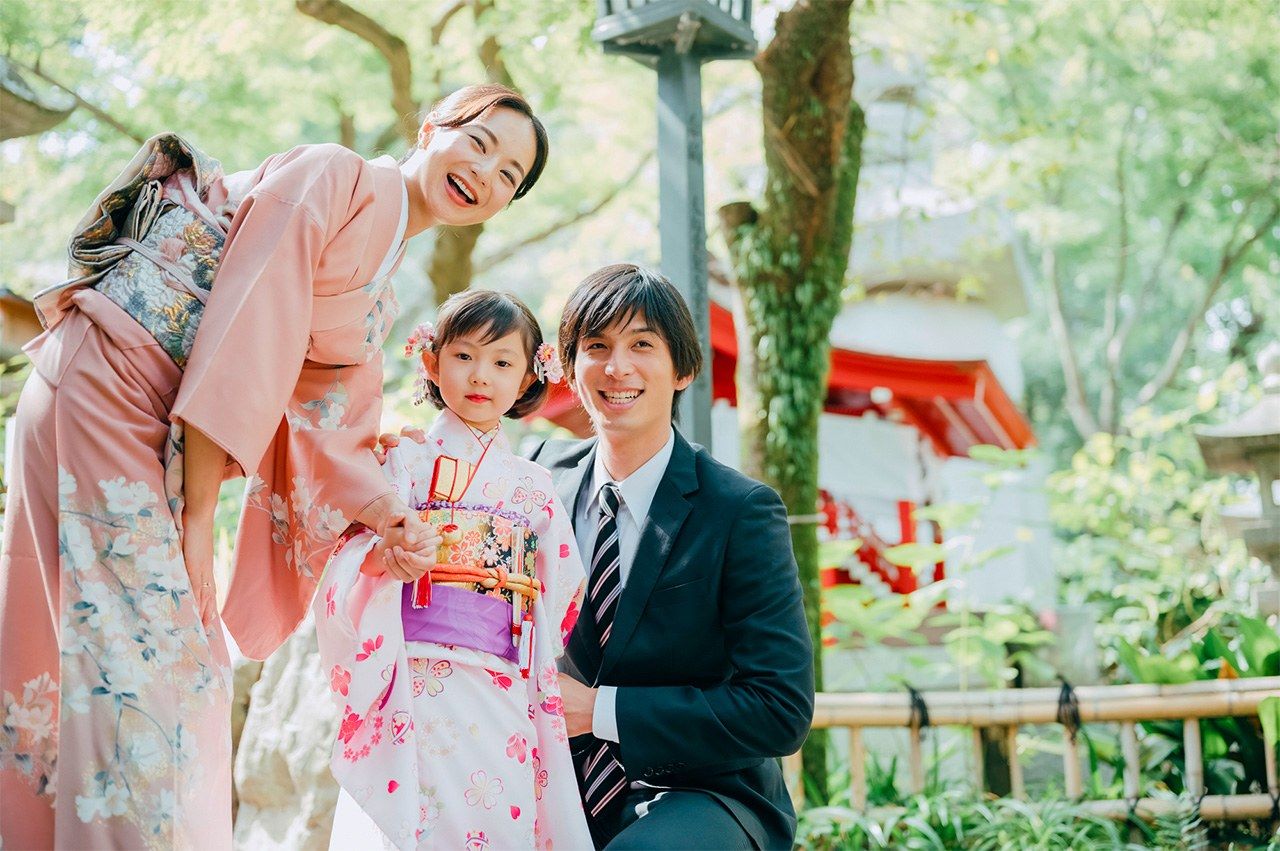
A Shichi-Go-San outing. (© Pixta)
Tori no Ichi
Tori no Ichi or “Rooster Market” is a festivity celebrated in November at shrines and temples associated with birds on each day of the rooster, as per the ancient Chinese zodiac calendar. The days are referred to as the first rooster, second rooster and third rooster (in years when there are three in November), respectively.
Shrines and temples sell colorfully decorated rakes known as a kumade, lucky ornaments that are said to “rake in” business prosperity. One of the liveliest rooster markets is at Ōtori Shrine in Taitō, Tokyo, where visitors can bargain over the price of their kumade. The seller shouts out and claps a succession of triple-claps when the two parties have agreed on a price. Kumade are decorated with various trinkets to symbolize good luck, including the Seven Lucky Gods, mallets, and replica koban, oval-shaped gold coins used in the Edo period (1603–1868).
Release of Beaujolais Nouveau (Midnight on Third Thursday of November)
Beaujolais nouveau, a newly fermented red wine produced in France’s Beaujolais region, is released at this set time. Due to the time difference, it goes on sale in Japan seven hours earlier than in France. Beaujolais nouveau has been famous in Japan since it took off during the bubble economy of the late 1980s. This was followed by a red wine boom in the late 1990s, securing the variety’s popularity here.
Hakusai (Chinese cabbage)
This is a season when Japanese people develop a longing to eat nabe (hot pot). Hakusai, known in English as Chinese cabbage or napa cabbage, is a well-known Asian vegetable, originally from China. It is thought to have been introduced to Japan by soldiers returning from the First Sino-Japanese War (1894-1895) and the Russo-Japanese War (1904-5). Its mild taste makes it a staple boiled, served in shabu shabu, yosenabe and other hot pots, pickled, or in a host of other dishes.
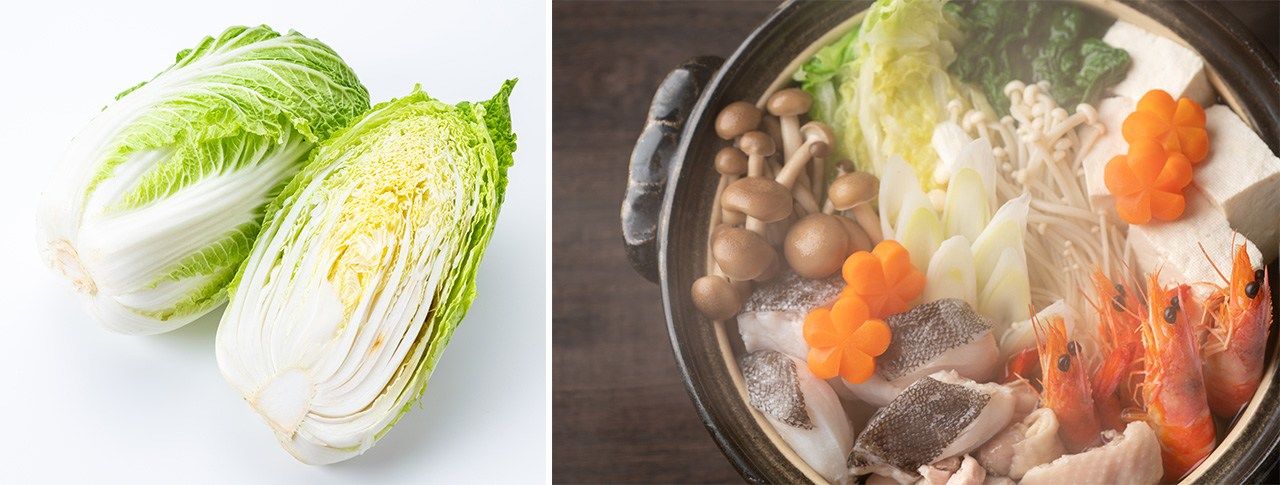
Hakusai (left); yosenabe hot pot. (© Pixta)
Enokitake mushrooms
Many mushroom varieties are considered kigo or season words for autumn, but enokitake can signify autumn or winter. Wild varieties come into season in late autumn or early in winter. Commercially available enokitake are white, because they are cultivated out of the sunlight, but wild ones have a large brown cap and short stems. In recent years, crossbreeds with brown caps have also appeared on shop shelves.
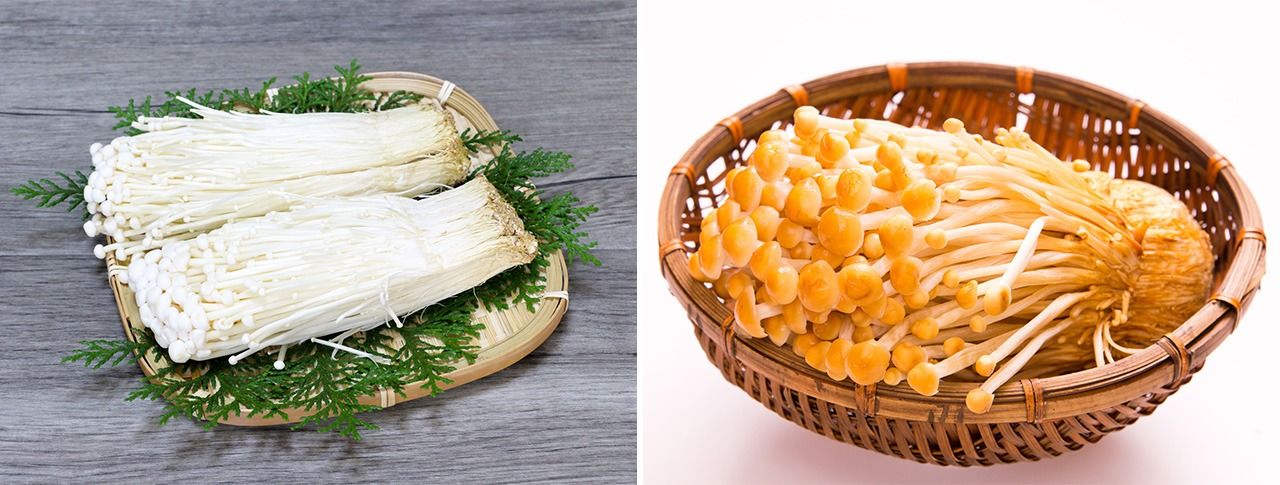
Enokitake mushrooms (left); brown enokitake. (© Pixta)
Fugu (Blowfish)
Fugu, also known as blowfish or pufferfish, is a delicacy notorious for being poisonous if incorrectly prepared. The fugu season starts in November, when they come close to shore to lay eggs. Archaeologists have found blowfish bones in Stone Age pottery, confirming that Japanese people have eaten the fish for at least 20,000 years. At the time of Toyotomi Hideyoshi’s first and second attempted invasions of the Korean peninsula (1592–93 and 1597–98), many soldiers were poisoned to death eating fugu in the area of modern Shimonoseki, Yamaguchi Prefecture, leading Hideyoshi to ban its consumption throughout Japan. Centuries later, when Japan’s first prime minister, Itō Hirobumi, visited Yamaguchi, rough seas meant the only fish available to serve him was fugu, and so the ban was lifted only in that prefecture.
Now, a government official license is required to cook fugu. Providers must have lockable containers to secure the liver, ovaries, and other poisonous organs, which they must dispose of in accordance with prefectural regulations. Raw fugu is known as tessa (“shotgun sashimi”) and fugu hot pot is tecchiri or fugu nabe (“shotgun hot pot”) due to the perceived risk in the dishes. But in Shimonoseki, the name of the fish is changed to fuku, meaning “good luck.”
The flesh is mild but flavorsome. Fugu can be eaten raw, as can the skin (kawasashi). It is also served in hot pot, or deep fried, and the shirako or milt of the male fish is popular too. The fins or hire can be fried crisp and added to hot sake for drinking (hirezake), giving it a sharp, smoky flavor.

Fugu blowfish (left); clockwise from top left: parboiled fugu skin, tecchiri (fugu hot pot), and sashimi. (© Pixta)
(Supervised by Inoue Shōei, calendar researcher and author, Shintō minister, and guest lecturer at Tōhoku Fukushi University. Translated from Japanese. Banner photo: Sasanqua camellia. © Pixta.)
